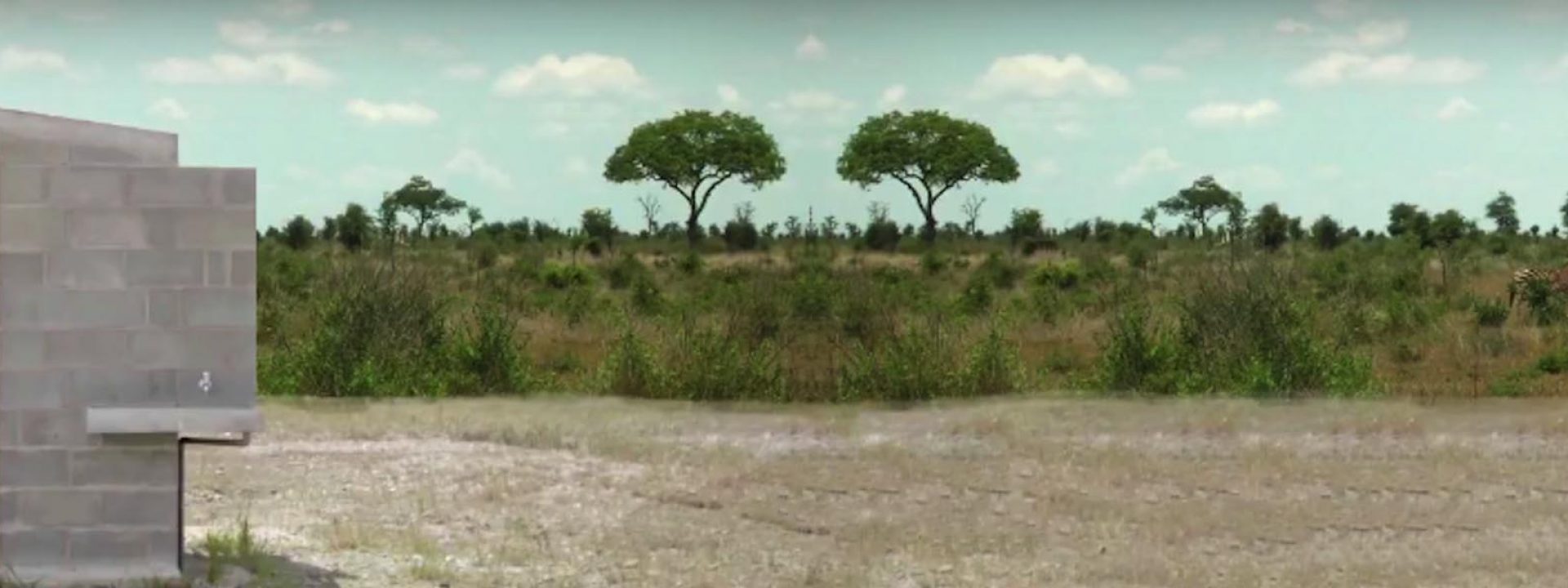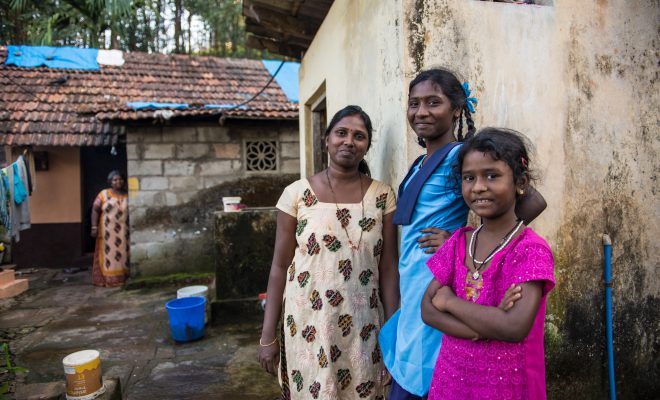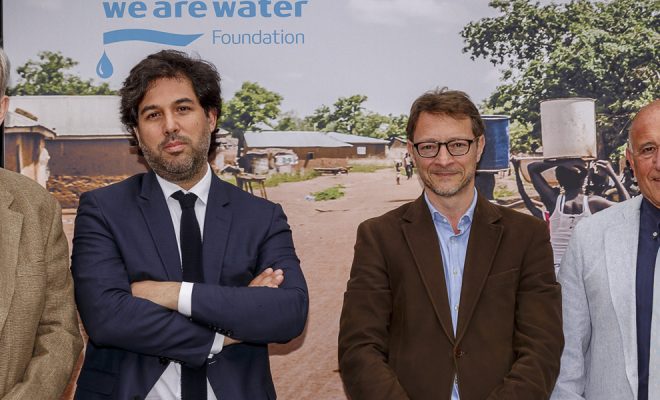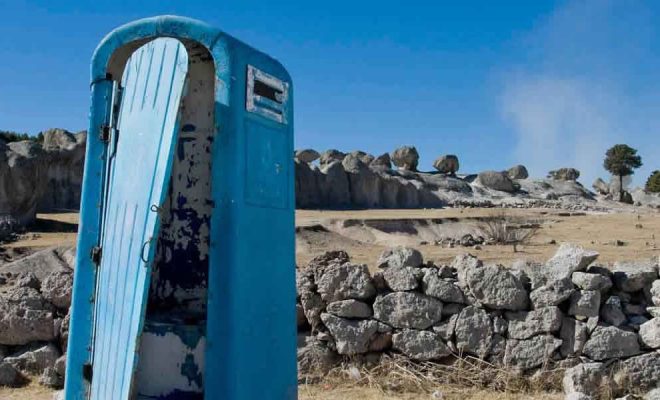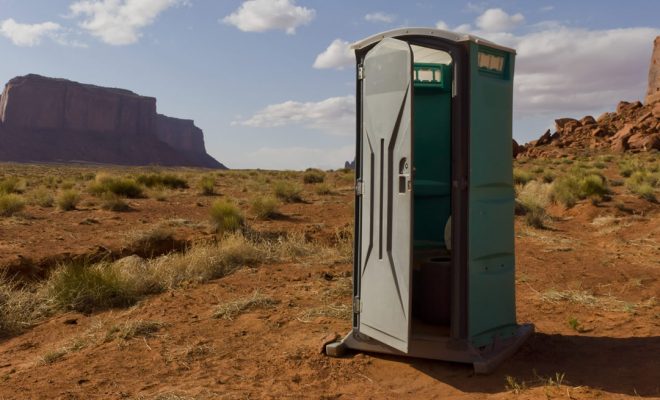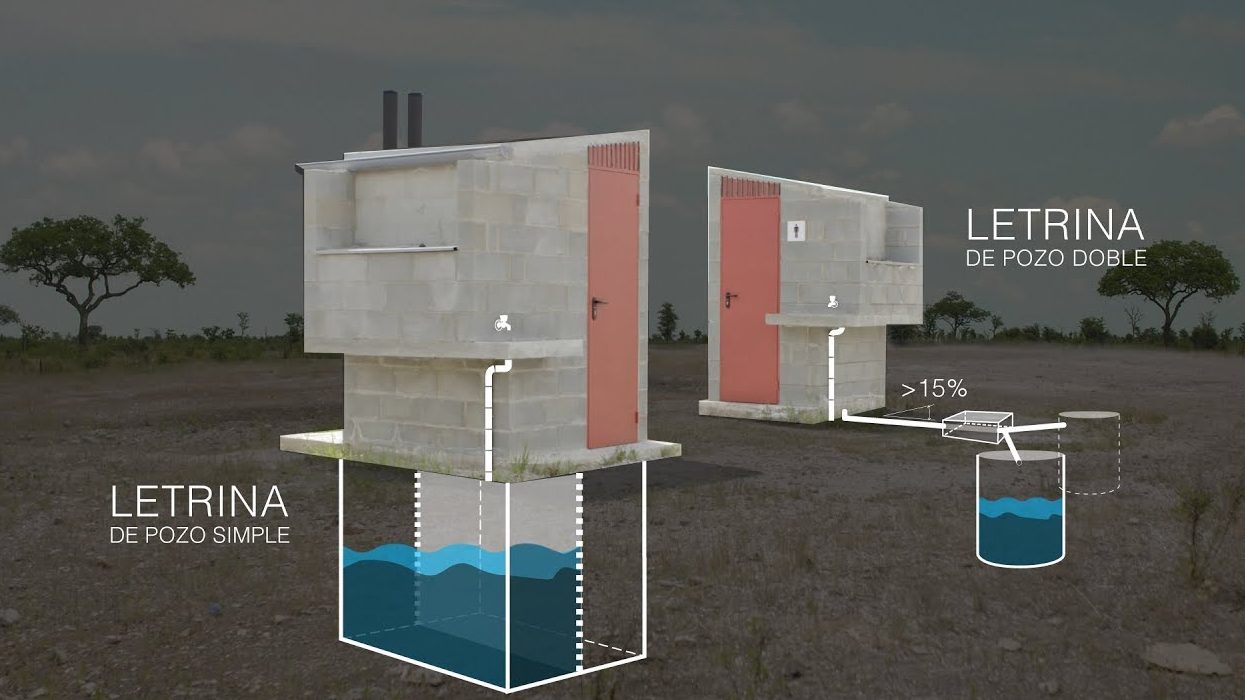
What is the ideal location for a latrine? How is it possible to air it? How should it be built to make it easier for children to use it? How should it be maintained to make it sustainable? These all seem very simple questions but the right answers change depending on many factors, such as the sociocultural or climatic ones: there are evident climatic differences between a school in Guinea-Bissau or in a small village of the Chaco-Chuquisaqueño in Bolivia; as there are also significant cultural differences in the use between the students in Zagora in the Moroccan High Atlas Mountains, and those in Mymensingh, in Bangladesh or Andhra Pradesh in India.
Regarding sanitation and in particular the use of the latrine, nothing works the same in the different cultures, economies and climates. But in spite of all these differences there are certain aspects, such as the distance to the water table, the cross ventilation, the sex segregation, the accessibility, etc., that are common for any latrine to be efficient and sustainable in any part of the world.
After over seven years developing aid projects in 21 countries scattered all over the world, the We Are Water Foundation has gained a vast experience in the problems associated with the installation and use of latrines in the most disadvantaged areas, as well as in their significance for the community. In order to commemorate the World Toilet Day, the Foundation gathered all NGOs it has collaborated with in these last seven years to present the Construction manual of latrines and wells, a publication based on this experience and shaped as a practical guide within the reach of millions of users with no need of prior training on construction and sanitation.
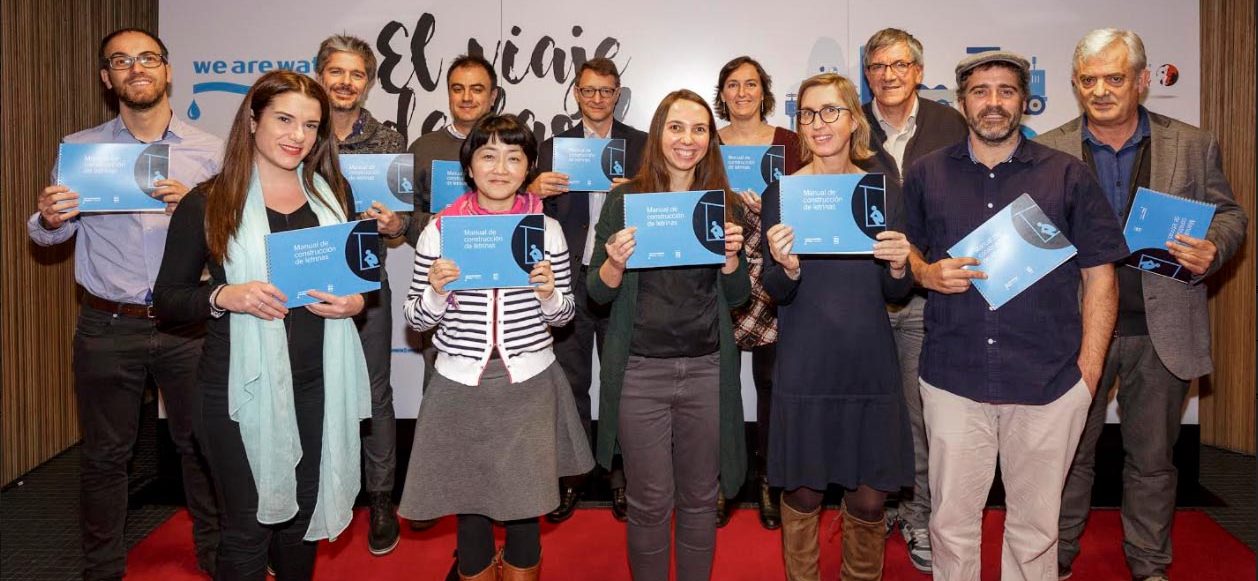
The aim of the meeting was to collect the opinions and advice of the collaborators of the Foundation in order to improve the manual and allow its adaptability to the specific needs of each case. Estel Ortega, the architect who has developed the manual with the technical advice of Roca, presented it to David del Campo, from Save the Children, Jordi Antolí from UNICEF, Elodia Giménez and Yukiko Yamada from Educo, Mariona González from Oxfam Intermón, Nadia Llorens from RDT, Susana Oliver from World Vision,Juan José Conde from Women for Africa and to Narcís Prat, professor of Ecology and director of the Freshwater Ecology and Management (FEM) Research Group of the University of Barcelona. They all welcomed this initiative, provided their ideas and showed their total readiness to collaborate in the implementation of the manual and to improve its content based on their experience with it.
In those places where there is none, an adequate latrine is essential to vertebrate any development strategy; it is vital for the health and to avoid diseases due to fecal contamination; it is the key factor to eradicate open defecation and to provide dignity and safety to women; and without clean and adapted latrines it is not possible to attain adequate schooling levels. A latrine that responds to the needs of the community, of climate, of culture is the first step towards growth. Helping to attain this is the key goal of this manual.


